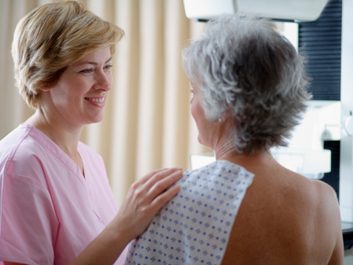
What to expect at your first mammogram
Whether it’s your first mammogram or your fifth, most women have to psych themselves up for this exam because of concerns over the potential discomfort and possible bad news. But it’s imperative to have one every two or three years after the age of 50-earlier if you have a family history-since mammograms are the best method for finding breast cancer early. We asked several experts what women can do to prepare themselves, and how to alleviate their worries.
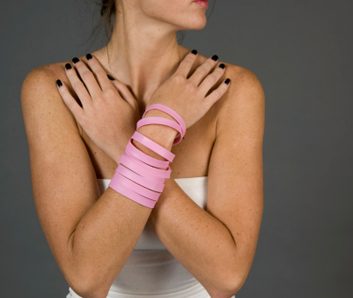
Know your risks
Being informed about what to expect before, during and after your mammogram can help calm your worries. Discuss your potential risk factors with your doctor and be prepared to ask the mammography clinic staff any questions you have about the procedure when you book your appointment. “It also helps to remind yourself that this is something you are doing to keep yourself healthy,” says Carolyn Gotay, a psychology professor and Canadian Cancer Society chair in primary prevention at the University of British Columbia. Gotay took her own advice after she was called back for additional tests following a mammogram. “The waiting period was stressful,” she says. “But knowing I wasn’t at a heightened risk for breast cancer helped a lot.”
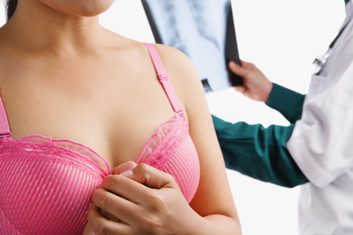
Schedule accordingly
Studies show that if a first mammogram experience is painful or uncomfortable, this can be a factor that prevents women from going again, or going enough, says Gotay. Some women breeze through the exam without a wince, but others find it extremely uncomfortable when their breasts are squished between the two plates of the mammography machine. “A minority of women will yell, and I’ve even had some women leave because they couldn’t stand to be touched,” says Karen Papas, a clinical coordinator of mammography and general radiography at North York General Hospital in Toronto, who has performed thousands of mammograms over the past two decades. To minimize your discomfort, she advises scheduling the exam for a week to 10 days after your period, when your breasts are less likely to be tender. She also notes caffeine can increase breast tenderness, so it may help to avoid coffee for a couple of days before the exam. Discomfort can be reduced by taking ibuprofen or acetaminophen an hour or two before the exam, since these medications can reduce tenderness.

Go scent-free for the test
Papas warns that it’s important not to wear deodorant, perfume or body spray under your arms or around your breasts. That’s because metallic particles from these products could show up on the X-ray and might lead to inaccurate or inconclusive results.

Don’t wear a dress
Wear a two-piece outfit so it’s only your top that has to come off during the exam. Even though it’s just you and the technician in the room during the procedure, you’ll feel less exposed.
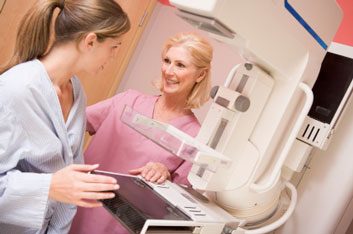
Get with the program
For the highest-quality screening, the Canadian Breast Cancer Foundation encourages women to have a mammogram through their provincial or territorial breast-screening program or a clinic accredited by the Canadian Association of Radiologists. “One of the biggest advantages of an organized screening program is that women can usually call and book the appointment themselves without a doctor’s referral,” says Toronto-based Dr. Derek Muradali, chief radiologist for the Ontario Breast Screening Program, part of Cancer Care Ontario, a government agency that provides breast-cancer screening. Also, screening programs will automatically send you the results of your mammogram directly and contact you when it’s time for your next one.
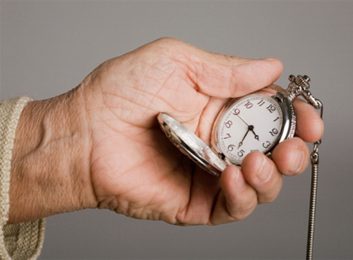
Expect to wait for results
The exam is over quickly-it takes just a few seconds on each breast for several pictures to be taken. The hard part is waiting to hear the results; this usually takes about two weeks, says Muradali.

Ensure past exam results are transferred
If you are going to a new facility, you will need to be proactive and ensure the radiologist has your most recent previous mammography results so they can be compared with your new images. Provincial breast-screening programs automatically transfer past results, but otherwise you may need to request that the previous facility send them over. In some cases you may have to pick them up yourself and possibly pay a fee to the lab that did the original test, says Papas.

Let them know if you have implants
When you make your appointment, you should be asked whether or not you have breast implants-if you aren’t asked, be sure to provide this information. “Additional views must be taken for women with breast implants-these allow the implant to be moved out of the way so the breast tissue can be imaged clearly,” says Muradali.

Don’t panic if you get a request to do a follow-up
Up to 8.5 percent of women who get a mammogram will require further testing, but most of them will not have breast cancer. And fewer than one percent of women who get a mammogram will be diagnosed with breast cancer. That represents about five in 1,000 women who have the screening, says Muradali. So remember, the odds are hugely in your favour.
Related:
• Advances in the battle against breast cancer
• How breast density affects your risk for cancer
• Natural home remedies: Breast tenderness
